Common Name(s): Norfolk Island pine
Scientific Name: Araucaria heterophylla
Distribution: Endemic to Norfolk Island (also planted as an ornamental tree)
Tree Size: 165-230 ft (50-70 m) tall,
4-6 ft (1.2-1.8 m) trunk diameter
Average Dried Weight: 31 lbs/ft3 (495 kg/m3)
Specific Gravity (Basic, 12% MC) : 0.43, 0.5
Janka Hardness : 650 lbf (2,890 N)
Modulus of Rupture : 11,730 lbf/in2 (80.9 MPa)
Elastic Modulus : 1,723,000 lbf/in2 (11.89 GPa)
Crushing Strength : 6,420 lbf/in2 (44.3 MPa)
Shrinkage : Radial: 3.5%, Tangential: 5.3%,
Volumetric: 8.9%, T/R Ratio: 1.5
Color/Appearance: Heartwood is light brown, sometimes with a yellow or red hue. Paler sapwood isn’t clearly defined. Sometimes afflicted with blue/gray fungal staining, particularly if not dried properly. (In certain applications this staining is considered decorative, particularly when the wood also features contrasting reddish knots.)
Grain/Texture: Grain is usually straight, with a fine to medium uniform texture. Moderate natural luster.
Rot Resistance: Rated as non-durable to perishable; poor insect resistance. Also susceptible to fungal staining.
Workability: Clear sections of wood are easy to work with hand and machine tools. Sections with knots can be problematic and result in tearout or uneven sanding due to the difference in density of the two regions. Glues, finishes, and turns well.
Odor: No characteristic odor.
Allergies/Toxicity: Although severe reactions are quite uncommon, wood in the Araucaria genus has been reported to cause skin irritation. See the articles Wood Allergies and Toxicity and Wood Dust Safety for more information.
Pricing/Availability: Not generally harvested within its native range, occasional turning blanks and short craft lumber is available in areas where the tree has been planted as an ornamental. Expect prices to be medium to high for an imported softwood.
Sustainability: This wood species is not listed in the CITES Appendices, but is on the IUCN Red List. It is listed as vulnerable due to a very restricted area of occupancy and/or number of locations.
Common Uses: Furniture, plywood, paper (pulpwood), turned objects, and small specialty wood items.
Comments: This species is only found on Norfolk Island, a small island about 900 miles east of Australia.
Although the common name indicates it’s a pine, it’s not technically a true pine in the Pinus genus, which is essentially restricted to the northern hemisphere. However, hoop pine is a member of the Araucaria genus, which could be considered a southern hemisphere counterpart to the Pinus genus.
Images: Drag the slider up/down to toggle between raw and finished wood. A special thanks to Salem Barker for providing the sculpture photo of this wood species.
Identification: See the article on Softwood Anatomy for definitions of endgrain features.
Resin canals : absent
Tracheid diameter : medium-large
Earlywood to latewood transition : gradual
Grain contrast : low
Parenchyma : none
Lookalikes/Substitutes: Bunya pine (Araucaria bidwillii) is a closely related species also found in Australia. The two species cannot be separated macroscopically, but this article discusses techniques for telling them apart under a microscope.
Notes: Most Araucaria and Agathis species are indistinguishable on the basis of macroscopic wood anatomy.
Related Content:

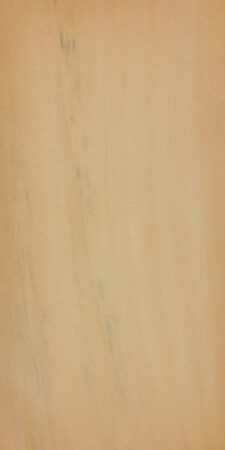
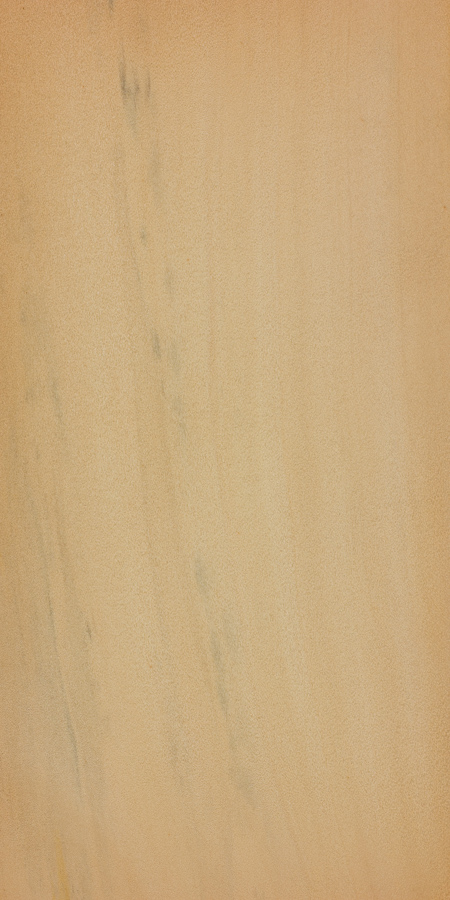
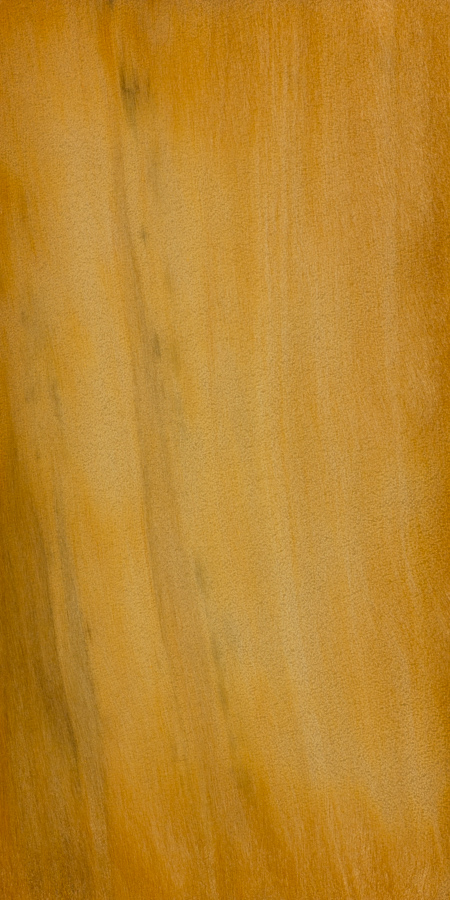
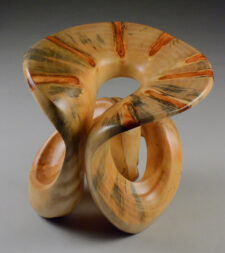
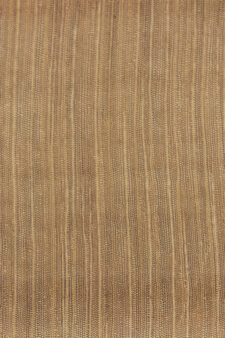

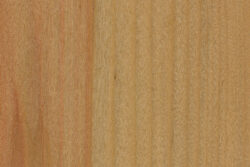
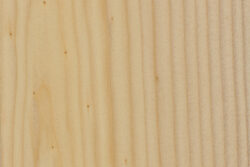
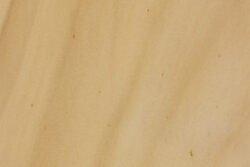
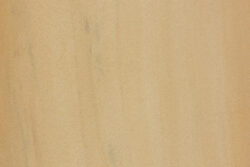






Correction.
Norfolk Island Pines are grown on the east coast of Australia and as far south as Hobart Tasmania. I grew up on the east coat of Australia living at Port Macquarie and Manly (Sydney).
Port Macquarie
https://www.flickr.com/photos/tgerus/2489703476/
Manly
https://www.flickr.com/photos/17674930@N07/17181305145
There is a tree which grows quite well all over the island of Oahu in Hawaii that is called Norfolk Island Pine. Used quite often for turning beautiful bowls. Most likely brought in for ornamental use.